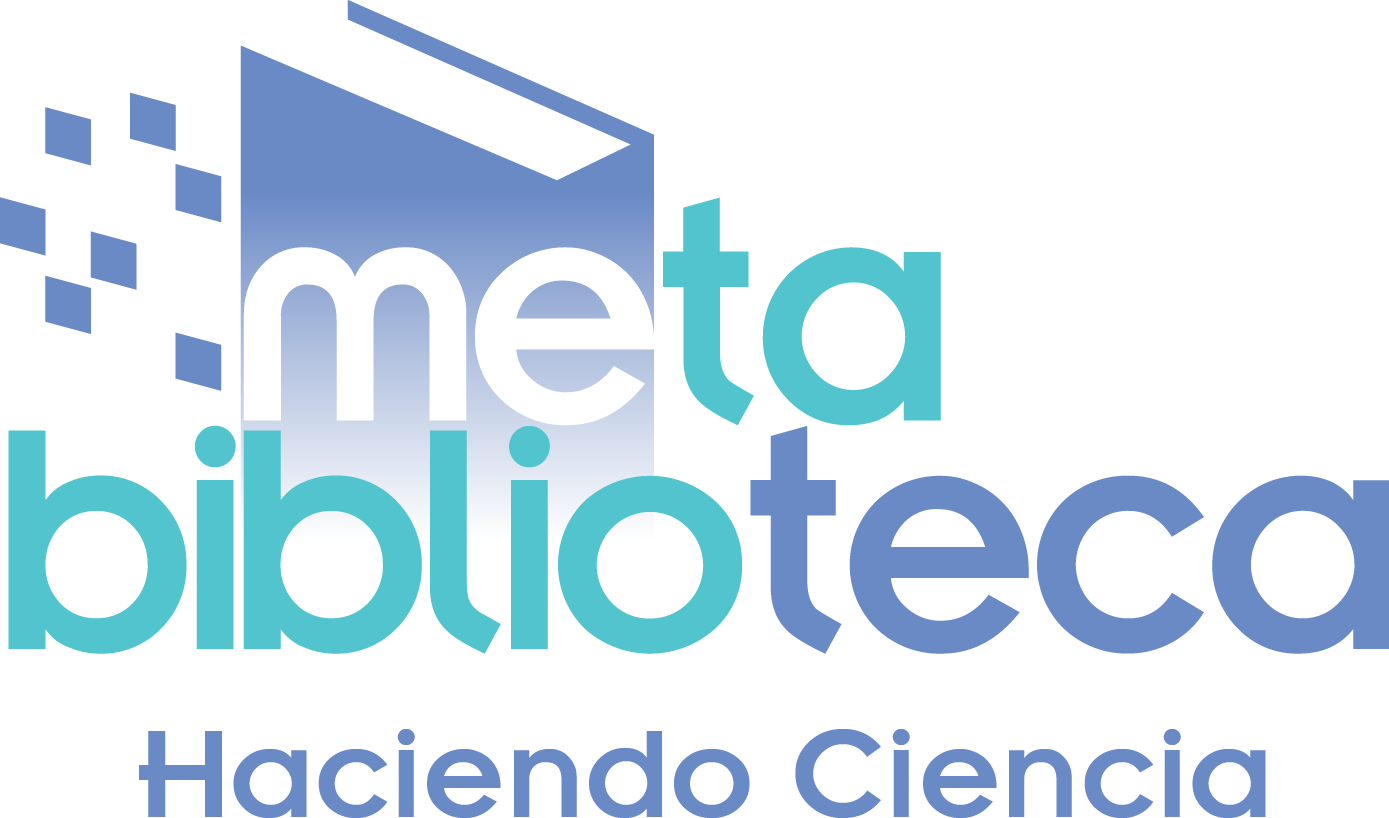Exanguinotransfusión parcial en pacientes con anemia de células falciformes: estandarización y eficacia de un nuevo protocolo
Partial exchange transfusion protocol for patients with sickle cell disease: Standardization and efficacy of a useful new protocol

Cómo citar
Descargar cita

Esta obra está bajo una licencia internacional Creative Commons Atribución-NoComercial-SinDerivadas 4.0.
Mostrar biografía de los autores
La prevención primaria y secundaria del accidente cerebrovascular y otras complicaciones en anemia de células falciformes (ACF), se puede realizar con exanguinotransfusión. Las ventajas sobre la transfusión incluyen menor sobrecarga de hierro y mejor control de Hemoglobina S(HbS). Su implementación es compleja y por tanto es poco utilizada. Objetivo: evaluar seguridad y eficacia clínica de un nuevo protocolo de exanguinotransfusión parcial en pacientes pediátricos con ACF. Métodos: se incluyeron 33 pacientes con ACF entre febrero de 2016 y marzo de 2019, con un límite menor de hemoglobina de 7 gr/dl. Se evaluó la eficacia del protocolo con la medición de la hemoglobina, el hematocrito, porcentaje de HbS, la ferritina y promedio de velocidad máxima en arteria cerebral media (PVM-ACM) al inicio del estudio y transcurridos tres meses como mínimo. Resultados: se realizaron 355 procedimientos en 33 pacientes, edad de 9 años (RIC 6-16 años). 78.3 % homocigotos (HbSS). La indicación de transfusión fue prevención primaria 63.6 % y prevención secundaria 30.3 %. Las complicaciones médicas fueron 1.1 % y tasa de éxito 96.3 %. En un subgrupo de 22 pacientes se valoró la eficacia del protocolo. La diferencia de ferritina fue -33.77 mcg/L (IC 95 % -647.2 a 579.7 mcg/L); la exanguinotransfusión disminuyó %HbS -26.16% [IC 95 % (-37.42 a -14.90) p < 0.0001], Hb 0.5955 gr/dl [IC 95 % (0.2513- 0.9396) p 0.0017]; la diferencia PVM-ACM fue -19.58 cm/seg [IC 95% (-42.00 a 2.838) p 0.0829]. Conclusiones: este protocolo es sencillo, seguro y económico, por lo cual podría extenderse a otros centros, incluyendo pacientes con hemoglobina de 7 g/dl. Es eficaz para la disminuir HbS y se relaciona con una menor probabilidad de sobrecarga de hierro en pacientes en terapia transfusional crónica.
Visitas del artículo 2055 | Visitas PDF 1492
Descargas
- Kato GJ, Piel FB, Reid CD, Gaston MH, Ohene-Frempong K, Krishnamurti L, et al. Sickle cell disease. Nat Rev Dis Prim. [Internet] 2018;4:1–22. Disponible en: https://doi.org/10.1038/nrdp.2018.10
- Adewoyin AS, Adewoyin AS. Management of Sickle Cell Disease: A Review for Physician Education in Nigeria (Sub-Saharan Africa). Anemia. [Internet] 2015;2015:1–21. Disponible en: https://doi.org/10.1155/2015/791498
- Piel FB, Steinberg MH, Rees DC. Sickle Cell Disease. N Engl J Med. [Internet] 2017;376(16):1561–73. Disponible en: https://doi.org/10.1056/NEJMra1510865
- Williams TN, Thein SL. Sickle Cell Anemia and Its Phenotypes. Annu Rev Genomics Hum Genet. [Internet] 2018;19(1):annurev-genom-083117-021320. Disponible en: https://doi.org/10.1146/annurev-genom-083117-021320
- Camila A, Kelin C, Karen E, Roger R, Richar T. Anemia drepanocítica y situación en colombia : Revisión Sickle cell anemia and situation in Colombia : Review. Revista Salud Uninorte. [Internet] 2017;32(3):513-527. Disponible en: http://www.scielo.org.co/scielo.php?script=sci_arttext&pid=S0120-55522016000300014&lng=en&tlng=es.
- Huttle A, Maestre GE, Lantigua R. Sickle Cell in Sickle Cell Disease in Latin America and the United States. Pediatric blood & cancer. [Internet] 2017;62(7): 1131–1136. Disponible en: https://doi.org/10.1002/pbc.25450.
- Castillo M, Oliveros AL. Caracterización de alteraciones en la molécula de hemoglobina en afrodescendientes colombianos. Nova. [Internet] 12(22):151-156. Disponible en: http://www.scielo.org.co/scielo.php?script=sci_arttext&pid=S1794-24702014000200004&lng=en&tlng=es.
- Silva JR, Malambo D, Silva DF, Fals E, Fals O, Rey J. Tamizaje de hemoglobinopatías en una muestra de la población infantil de Cartagena. Revista Colombiana de Pediatria. [Internet] 2003;33(2). Disponible en: https://encolombia.com/medicina/revistas-medicas/pediatria/vp-332/33-2_pediatria_tamizaje/.
- Alvear CC, Barboza M, Viola M, Moneriz C, Araque LM. Pilot study of hemoglobinopathies in newborns of the Rafael Calvo maternity clinic of Cartagena, Colombia. Colomb medica. [Internet] 2012;43(3):196-9. Disponible en: https://www.redalyc.org/articulo.oa?id=28323958010
- Chou ST, Fasano RM. Management of Patients with Sickle Cell Disease Using Transfusion Therapy: Guidelines and Complications. Hematol Oncol Clin North Am. [Internet] 2016;30(3):591–608. Disponible en: https://doi.org/10.1016/j.hoc.2016.01.011
- Wahl S, Quirolo KC. Current issues in blood transfusion for sickle cell disease. Curr Opin Pediatr. [Internet] 2009;21(1):15–21. Disponible en: https://doi.org/10.1097/MOP.0b013e328321882e
- Davis BA, Allard S, Qureshi A, Porter JB, Pancham S, Win N, et al. Guidelines on red cell transfusion in sickle cell disease. Part I: principles and laboratory aspects. Br J Haematol. [Internet] 2017;176(2):179–91. Disponible en: https://doi.org/10.1111/bjh.14346
- Howard J. The role of blood transfusion in Sickle Cell Disease. ISBT Sci Ser © 2013 Int Soc Blood Transfus. [Internet] 2013;8:225–8. Disponible en: https://doi.org/10.1111/voxs.12047
- Koehl B, Sommet J, Holvoet L, Abdoul H, Boizeau P, Ithier G, et al. Comparison of automated erythrocytapheresis versus manual exchange transfusion to treat cerebral macrovasculopathy in sickle cell anemia. Transfusion. [Internet] 2016;56(5):1121–8. Disponible en: https://doi.org/10.1111/trf.13548
- Wang WC, Dwan K. Blood transfusion for preventing primary and secondary stroke in people with sickle cell disease. [Internet] 2013;(1). Disponible en: https://doi.org/10.1002/14651858.CD003146.pub2
- Godfrey GJ, Lockwood W, Kong M, Bertolone S, Raj A. Antibody Development in Pediatric Sickle Cell Patients Undergoing Erythrocytapheresis. [Internet] 2010;(July):1134–7. Disponible en: https://doi.org/10.1002/pbc.22647
- Chou ST. Transfusion therapy for sickle cell disease : a balancing act. [Internet] 2013;439–46. Disponible en: https://doi.org/10.1182/asheducation-2013.1.439
- Escobar C, Moniz M, Nunes P, Abadesso C, Ferreira T, Barra A, et al. Partial red blood cell exchange in children and young patients with sickle cell disease: Manual versus automated procedure | Transfusão permuta parcial em crianças e jovens com doença falciforme: Comparação da experiência manual com o procedimento automat. Acta Med Port. [Internet] 2017;30(10):727–33. Disponible en: https://doi.org/10.20344/amp.8228
- Davis BA, Allard S, Qureshi A, Porter JB, Pancham S, Win N, et al. Guidelines on red cell transfusion in sickle cell disease Part II: indications for transfusion. Br J Haematol. [Internet] 2017;176(2):192–209. Disponible en: https://doi.org/10.1111/bjh.14383.
- Kuo KHM. A comparison of chronic manual and automated red blood cell exchange transfusion in sickle cell disease patients. Br J Haematol. [Internet] 2015;170(3):425–8. Disponible en: https://doi.org/10.1111/bjh.13294
- Dedeken L, Lê PQ, Rozen L, El Kenz H, Huybrechts S, Devalck C, et al. Automated RBC exchange compared to manual exchange transfusion for children with sickle cell disease is cost-effective and reduces iron overload. Transfusion. [Internet] 2018;00:1–7. Disponible en: https://doi.org/10.1111/trf.14575.
- Woods D, Hayashi RJ, Binkley MM, Sparks GW, Hulbert ML. Increased complications of chronic erythrocytapheresis compared with manual exchange transfusions in children and adolescents with sickle cell disease. Pediatr Blood Cancer. [Internet] 2017;64(11). Disponible en: https://doi.org/10.1002/pbc.26635
- Savage WJ, Reddoch S, Wolfe J, Casella JF. Partial manual exchange reduces iron accumulation during chronic red cell transfusions for sickle cell disease. J Pediatr Hematol Oncol. [Internet] 2013;35(6):434–6. Disponible en: https://doi.org/10.1097/MPH.0b013e31829d470d.
- Kozanoglu I, Ozdogu H. Use of Red Blood Cell Exchange for Treating Acute Complications of Sickle Cell Disease. Transfusion and apheresis science : official journal of the World Apheresis Association: official journal of the European Society for Haemapheresis. [Internet] 2018;57(1):23–26. Disponible en: https://doi.org/10.1016/j.transci.2018.02.011 .
- Faye B, Sow D, Seck M, Dieng N, Toure S, Gadji M, et al. Efficacy and Safety of Manual Partial Red Cell Exchange in the Management of Severe Complications of Sickle Cell Disease in a Developing Country. Adv Hematol. [Internet] 2017;2017:3518402. Disponible en: https://doi.org/10.1155/2017/3518402.
- Swerdlow PS. Red cell exchange in sickle cell disease. Hematology Am Soc Hematol Educ Program. [Internet] 2006;48–53. Disponible en: https://doi.org/10.1182/asheducation-2006.1.48
- Thurston GB, Henderson NM, Jeng M. Effects of erythrocytapheresis transfusion on the viscoelasticity of sickle cell blood. Clin Hemorheol Microcirc. [Internet] 2004;30(2):83–97. PMID: 15004333.
- Kim HC. Red cell exchange: Special focus on sickle cell disease. Hematology. [Internet] 2014;(1):450–6. Disponible en: https://doi.org/10.1182/asheducation-2014.1.450. Epub 2014 Nov 18. PMID: 25696893.
- DeBaun MR, Gordon M, McKinstry RC, Noetzel MJ, White DA, Sarnaik SA, et al. Controlled Trial of Transfusions for Silent Cerebral Infarcts in Sickle Cell Anemia. N Engl J Med. [Internet] 2014;371(8):699–710. Disponible en: https://doi.org/10.1056/NEJMoa1401731. PMID: 25140956; PMCID: PMC4195437.
- Kwiatkowski JL, Yim E, Miller S, Adams RJ. Effect of transfusion therapy on transcranial doppler ultrasonography velocities in children with sickle cell disease. Pediatr Blood Cancer. [Internet] 2011;56(5):777-82. Disponible en: https://doi.org/10.1002/pbc.22951. Epub 2010 Dec 23. PMID: 21370410; PMCID: PMC3368333.
- Bishop S, Matheus MG, Abboud MR, Cane ID, Adams RJ, Jackson SM, et al. Effect of chronic transfusion therapy on progression of neurovascular pathology in pediatric patients with sickle cell anemia. Blood Cells, Mol Dis. [Internet] 2011;47(2):125–8. Disponible en: https://doi.org/10.1016/j.bcmd.2011.06.002. Epub 2011 Jul 2. PMID: 21724428.
- Sheehan VA, Hansbury EN, Smeltzer MP, Fortner G, McCarville MB, Aygun B. Transcranial Doppler Velocity and Brain MRI/MRA Changes in Children With Sickle Cell Anemia on Chronic Transfusions to Prevent Primary Stroke. Pediatr Blood Cancer. [Internet] 2013;60(9):1499-502. Disponible en: https://doi.org/10.1002/pbc.24569. Epub 2013 Apr 26. PMID: 23625812.
- Hulbert ML, McKinstry RC, Lacey J, Moran CJ, Panepinto JA, Thompson AA, et al. Silent cerebral infarcts occur despite regular blood transfusion therapy after first strokes in children with sickle cell disease. Blood. [Internet] 2011;117(3):772–9. Disponible en: https://doi.org/10.1182/blood-2010-01-261123. Epub 2010 Oct 12. PMID: 20940417; PMCID: PMC3035071.
- Ware RE, Davis BR, Schultz WH, Brown RC, Aygun B, Sarnaik S, et al. Hydroxycarbamide versus chronic transfusion for maintenance of transcranial doppler flow velocities in children with sickle cell anaemia - TCD with Transfusions Changing to Hydroxyurea (TWiTCH): A multicentre, open-label, phase 3, non-inferiority trial. Lancet. [Internet] 2016;387(10019):661–70. Disponible en: https://doi.org/10.1016/S0140-6736(15)01041-7. Epub 2015 Dec 6. PMID: 26670617; PMCID: PMC5724392.
- Stanley H, Friedman D, Webb J, Kwiatkowski J. Transfusional Iron Overload in a Cohort of Children with Sickle Cell Disease: Impact of Magnetic Resonance Imaging, Transfusion Method, and Chelation. Pediatr Blood Cancer. [Internet] 2016;63(8):1414–8. Disponible en: https://doi.org/10.1002/pbc.26017. Epub 2016 Apr 21. PMID: 27100139; PMCID: PMC5132054.

















